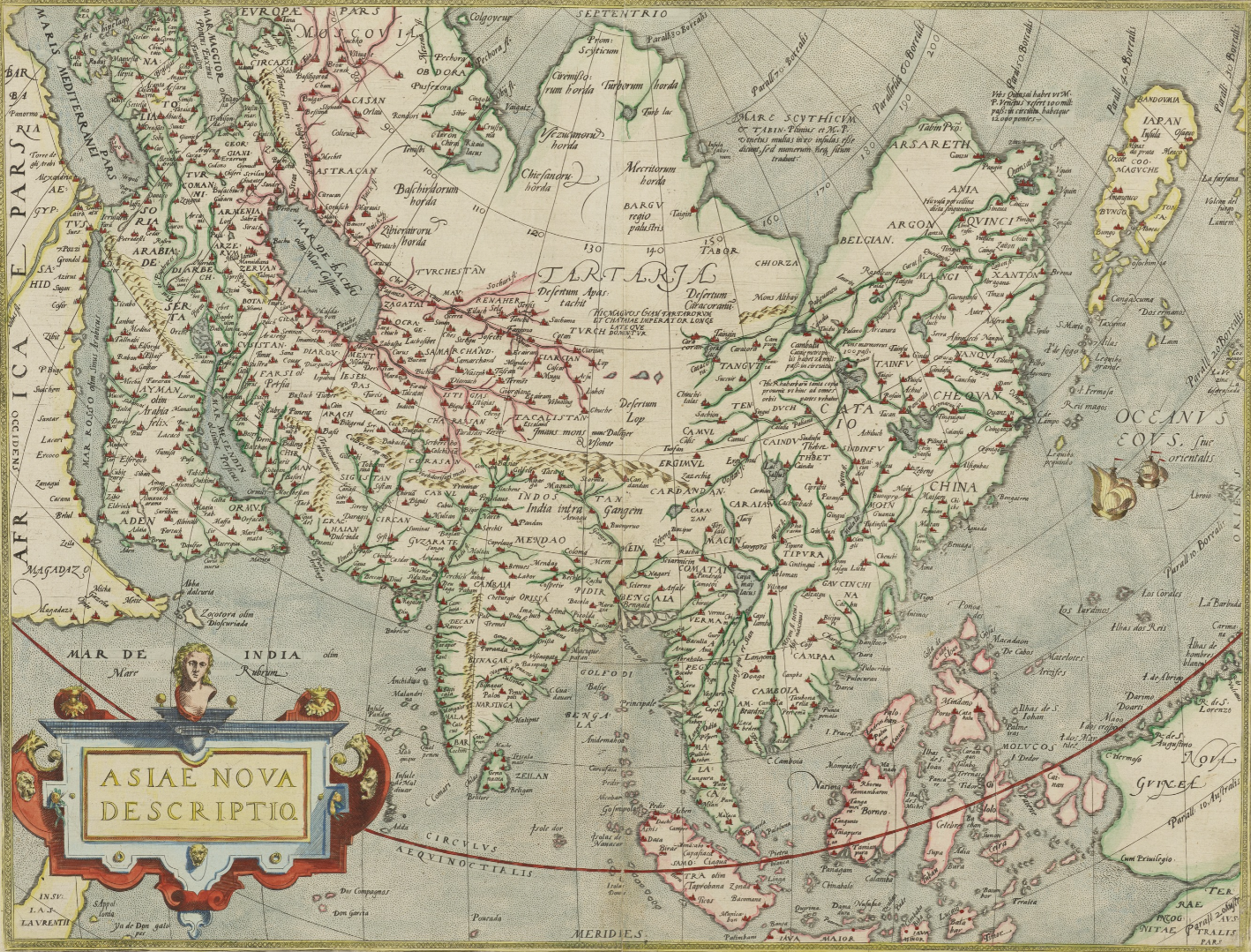Digital Archives for the Future -Part 3

(Continued from Part 2)
Blockchain is a type of distributed ledger technology. By storing the same data in multiple locations rather than concentrating it in one place, the risk of data loss or tampering is reduced.
The concept of “distributed data management” has been around for a long time.
For example, during the period when the Azuchi Yamazu Byobu (Mt. Azuchi folding screen) was painted, the Society of Jesus, which conducted missionary activities around the world, had the following rules for creating, sending, and storing documents, and requiring that the same documents be stored at the Society of Jesus headquarters in Rome and at each missionary location.
1. Documents were sent from each mission to the Jesuit headquarters in Rome.
2. A copy was made before sending and kept at the local site (in Japan, this was Nagasaki).
3. Copies were also made and kept at each relay point (in the case of Japan, the route was Macau → India → Portugal → Rome).
The original copy of the “Historia de Japam” by Luís Fróis (1532-1597), who was a missionary in Japan for more than 30 years, has been lost, but thanks to the copies that still exist in Portugal, we can still learn about the main parts of the book, more than 420 years after it was completed.
So, what is the main difference between the distributed data management using blockchain and these distributed document management? (In the following discussion, we will assume the Ethereum blockchain.)
In the case of the former, which does not involve physical movement, this eliminates the need for physical movement, dramatically increasing efficiency and minimizing the risk of data loss.
The biggest advantage advantage is that it achieves even greater tamper resistance through cryptographic technology and consensus mechanisms.
Because the data recorded on the blockchain is tamper-proof, we can safely express our intentions and conduct transactions with an indefinite number of other people.
This data can be verified at any time using blockchain explorers like Etherscan, regardless of when, where, or by whom it was generated.
For example, transaction details (referring to the transfer history of NFTs and crypto assets between parties involved in a transaction, hereinafter referred to as “transaction history”) of NFTs that have been successfully traded on an NFT marketplace can be hidden by the administrator on that site. However, the administrator’s authority does not extend to the blockchain, and anyone can view the transaction history at any time using tools like Etherscan (*1). This remains true even if the NFT Marketplace service is terminated (*2).
*1 On our NFT marketplace “Tou Chakai”, NFTs are only displayed to the parties involved in the transaction after the transaction is completed, but on Etherscan, you can search for transaction histories not only by searching for the NFT in question (e.g. Demo NFT Token ID: 11), but also by searching for the wallet addresses of the parties involved in the transaction (e.g. Demo Advisor, Demo Advisee).
*2 If NFT images and metadata are stored off-chain, they may become inaccessible if the storage service provider discontinues their service or for other reasons.
As Prime Minister Ishiba reiterated in his policy speech on the 4th of this month, Japan’s population is declining rapidly, and local governments and companies need to promote more efficient and effective business operations.
At our company, we believe that blockchain and generative AI are new technologies that can contribute to solving these issues, and we are making preparations to provide services that meet the expectations of our clients and users. We hope to be able to talk about the specific details in the next article.
Image Source: Colbase
“Asiae nova descriptio” (New Map of Asia), by Abraham Ortelius, Belgium about 1610, Kyushu National Museum collection
References:
“The Christian Church and the incident of Honno-ji Temple”, by Masakazu Asami, KADOKAWA, 2020

